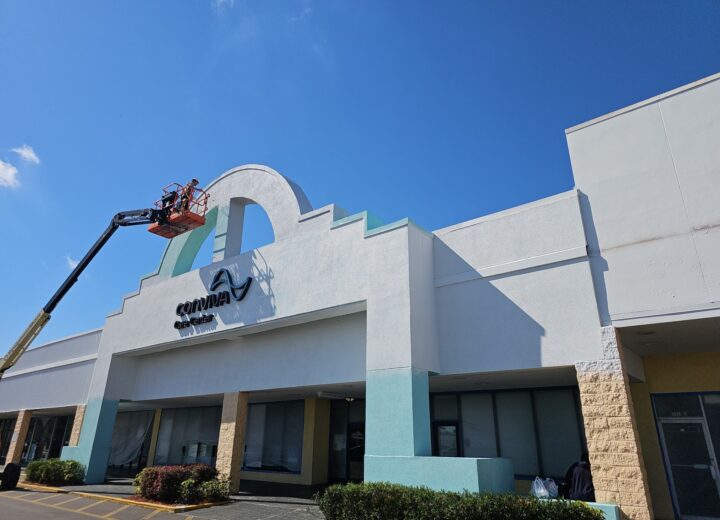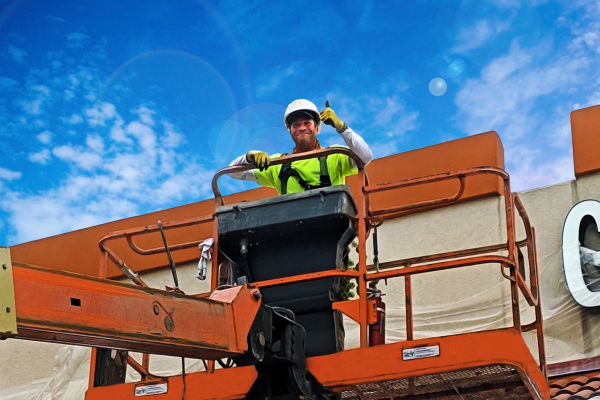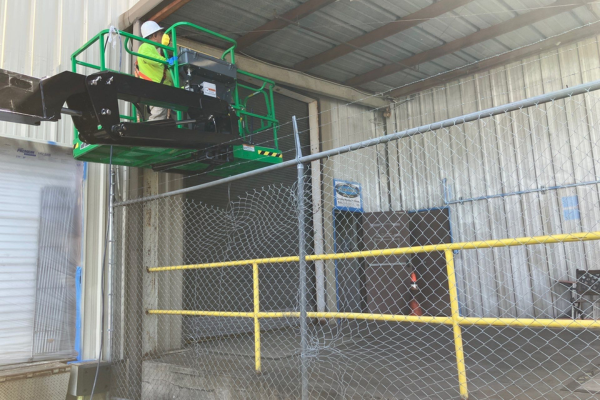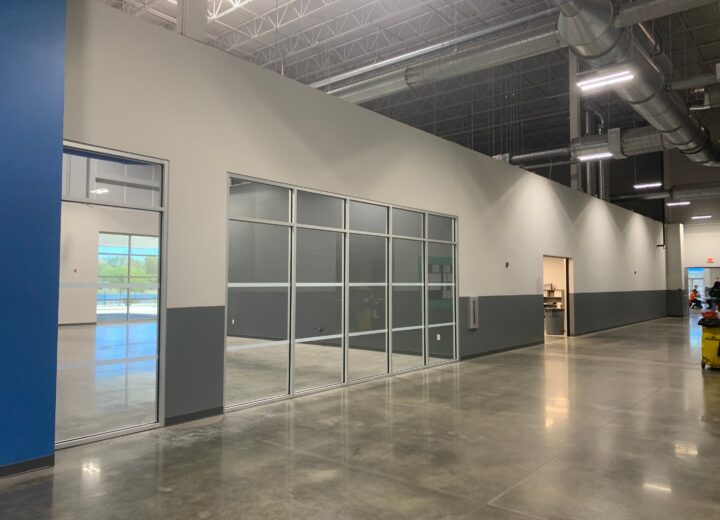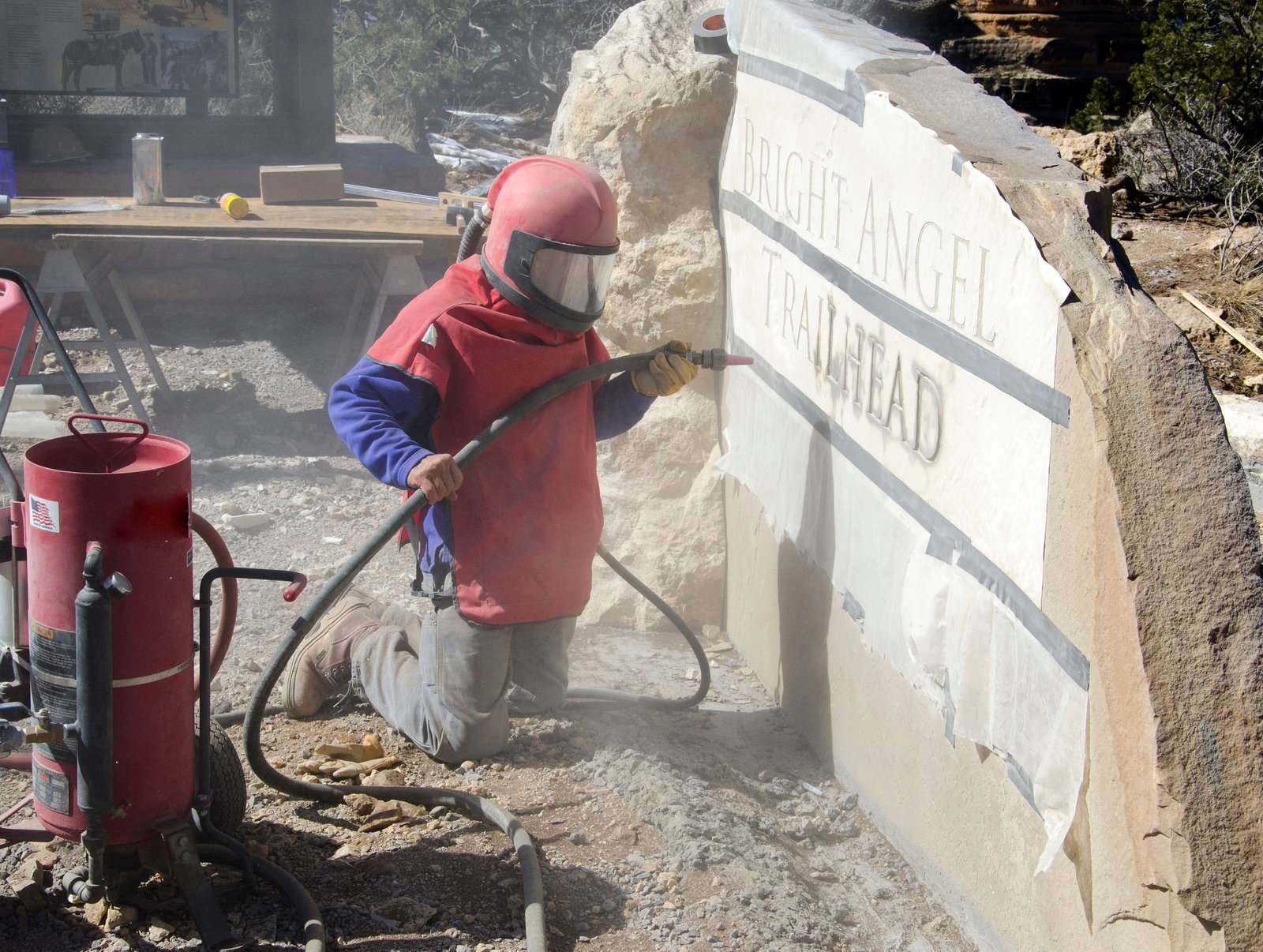
During sandblasting operations, industrial painting contractors are required to wear personal protective equipment, including safety goggles, respirators, coveralls, and helmets that are especially designed and inspected during the manufactured process to ensure adequate protection from potential job hazards.
Additionally, industrial painters have a responsibility to take reasonable care of their own health and safety and that of others. But for this, they need to be aware of the specific hazards that may occur during sandblasting as well as know all the safety precautions they can take against harmful exposures.
This blog post provides information on the most common hazards that may occur during sandblasting operations.
Air Contaminants
Sandblasting is a surface preparation method that inherently creates large quantities of dust. Depending on the blasting media being used, existing coatings being removed, and material abraded from the surfaces being blasted, industrial painting contractors may be exposed to different air contaminants.
These include without being limited to barium, cadmium, tributyltin, zinc, copper, iron, chromium, aluminum, nickel, cobalt, crystalline silica, amorphous silica, beryllium, manganese, lead and arsenic. Besides being detrimental to health when PPE is improperly used, the dust generated during the sandblasting process can reduce the visibility and cause the floors to become slippery, which create unsafe working conditions.
Lack of Ventilation
The dust generated during the sandblasting process can lead to a serious safety problem in poorly ventilated areas. Because dense clouds of dust that tend to form in the immediate vicinity of sandblasting equipment can obscure the working area, operators need to shut down the equipment to allow dust clearance. It is therefore necessary, both for worker safety and overall job performance, to use well designed and maintained ventilation systems.
Providing adequate ventilation, these systems can help prevent dust accumulation in confined spaces, increase operator visibility, and reduce the concentration of air contaminants. The ventilation system should be set up so that the dust collected is emptied and removed without contaminating the surrounding environment.
Vision Impairment
Vision impairment during sandblasting operations typically occurs in insufficiently ventilated work areas. To roughly determine the degree of vision impairment from dust development and address potential causes, sandblasting tests should be conducted before work commences.
Exposure to Elevated Sound Levels
Irrespective of the type of equipment used, sandblasting is a noisy operation. To accurately determine the level of sound to which the operators will be exposed, noise levels should be measured, and the values compared with the hearing damage criteria. Depending on the occupational exposure to noise, adequate hearing protectors shall be provided to all workers.
General Safety Considerations
In addition to contaminants, noise, and visibility problems, industrial painting contractors are prone to suffer physical injuries from the use of various machines and from different hazards that may lurk around work areas. Furthermore, painters often need to work in confined spaces and at varying heights in order to perform the sandblasting and painting operations required.
Although workers are responsible for their own safety, employers must also take all the precautions necessary to keep everyone safe. This means that employers need to identify all the potential hazards and implement all the corrective actions required in order to mitigate hazards before work begins.
Currently, industrial painting contractors can opt for a number of engineering and administrative controls, which include:
- training all of the workers involved in sandblasting activities;
- replacing the sandblasting process with a safer method, such as water blasting, whenever possible;
- the use of less hazardous blasting media;
- the installation of barriers to isolate blasting areas;
- using adequate ventilation systems;
- keeping unauthorized personnel away from blasting areas;
- scheduling sandblasting operations during favorable weather conditions and when fewer workers are present;
- decontaminating equipment on a regular basis;
- using HEPA-filtered vacuuming or wet methods to regularly clean blasting areas.
Involving different types of coatings, surfaces, blasting media, and working conditions, each sandblasting operation is unique. In this context, hiring a team of painting contractors who understand the complexities involved in the sandblasting process is what can help you ensure that your painting project becomes a successful one.
At Performance Painting Contractors, not only do we sandblast different surfaces efficiently; we’re also concerned with environmental issues. It is for this reason, our professionals always conduct sandblasting operations and dispose of debris in a safe and environmentally responsible manner.
{{cta(‘9de02520-f11a-488c-8c31-5b289e42101b’)}}

